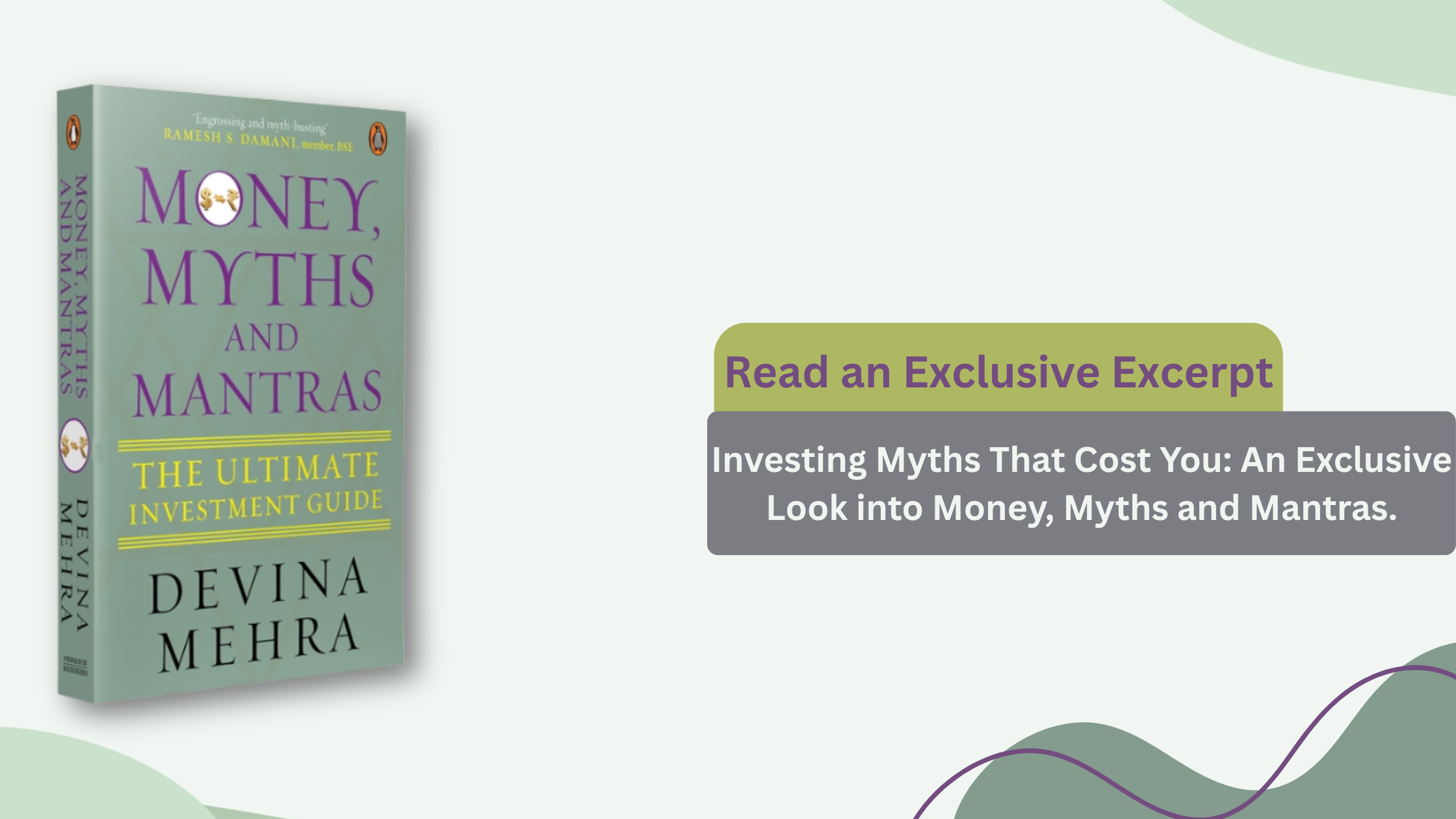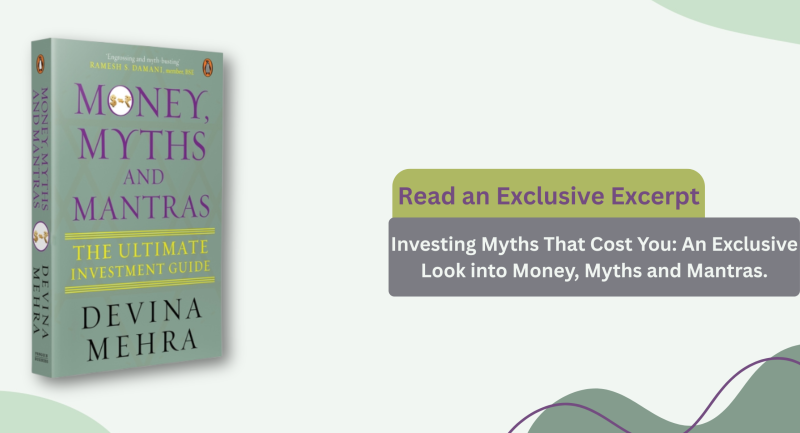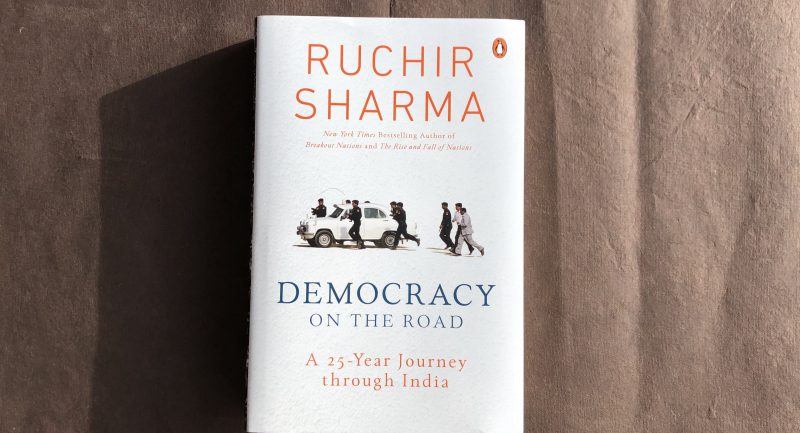
Getting the basics right: The four thumb rules for your financial health.
Let us start at the very beginning . . . a very good place to start – as the song goes. Let us start with a broad, top-down look at your investments.
What do you think of when you think of the term ‘investments’?
Most people think of investments in the stock market, mutual funds, etc. But what about the Public Provident Fund (PPF) you bought for tax-saving? The bank fixed deposits? The plot of land you bought or inherited? The apartment you are waiting to get possession of? Each of these is an investment. All of them have to be considered to get an overall picture of your finances before you decide on what you want your financial future to look like.
Plus, as is known, during the course of your investing journey, you have no option but to live through bull markets and bear markets, at times ferocious ones. How do you ensure that your financial investments get a clean bill of health and not end up in the ICU?
What are the basic tenets to keep in mind while investing?
To my mind, they are four in number, and these make up the framework with which you need to view your investments. Of course, there are overlaps between the four.
Each of these concepts will be dealt with in more detail later in the book. The following descriptions of these only provide
you a starting framework.
Lesson 1: Asset allocation sahi hai
Asset allocation is not just the best thing, it’s the only thing.
If you are just going to be a single-asset (say, equity only) player, then you are not going to last very long in this game.
Sometime back, I got a question on social media asking me, ‘I am a young person in a good job – so should I have 100 per
cent investment in equities?’ And my answer was no, because there are all kinds of demands that may come on your finances: you may lose your job, you may have a family emergency, you may want to buy a house, you may want to study further after a few years, and so on.
Basically, you may have unexpected financial demands in the future, which you may not be factoring in just now.
Equity returns have low predictability, not just on a one- or two-year basis, but sometimes even over a longer time frame. For example, during the entire decade from 2010 to 2020, Indian equity markets compounded at just about 8.5 per cent when fixed deposit rates were also around 8 per cent. So you saw a lot of volatility, with practically no additional return for taking equity risk at all, for a whole decade.
Asset allocation basically means your investment pie chart is strategically diversified across various available asset classes.
Why does asset allocation work? Because different assets give disparate returns at various points in time.
To give a recent example: In 2019, government treasury instruments in India were up 9.5 per cent. Gold prices rose 24.6 per cent. In contrast, the Nifty500 delivered a mere 7.7 per cent return.
But did you ever hear any fund manager or your financial adviser tell you that you were better off investing, or at least diversifying, into government paper and gold, instead of focusing on equities, if you wanted the best returns? I suspect not.
The reason for this is simple: nobody in the business of fund management or financial advice makes much or any money by recommending investments in government securities or gold. The maximum fees are for recommending equity.
All behaviour, good or bad, is always driven by incentives, and sellers of equities incentivize their salespeople far more than sellers of any other asset class, even if they do not deliver returns.
That is part of the reason for this ‘100 per cent in equity if you are young’ recommendations you often see.
Don’t ever forget this!
Lesson 2: Take a portfolio approach to investing
Most investors believe that taking individual stock advice, or ‘tips’ from friends, brokers, talking heads on TV, – that is, almost anyone – and then implementing them on their own is the way to making big money.
Wrong. This is a one-way ticket to financial ruin. The correct way to do it is to take a portfolio approach to determine your asset and equity selection.
One part of this is, of course, asset allocation, which is discussed in more detail later in the book.
But even within your equity portfolio, be mindful of the weightage of each of your stocks and each sector. For every stock you buy, be absolutely clear how about the allocation for that stock and how much it changes the weightage of its industry in your portfolio, and how it alters the risk profile of your equity pie.
***
Get your copy of Money, Myths and Mantras by Devina Mehra on Amazon or anywhere books are sold.









